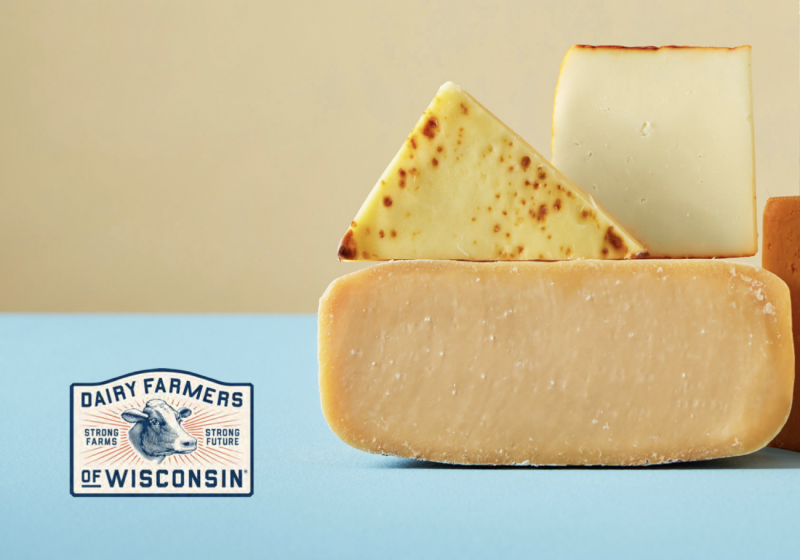Wisconsin Cheese Leads the Way in 2025 Cheese Trends

In the world of cheese, Wisconsin continues to set the gold standard with its perfect blend of tradition and innovation.
The 2025 Wisconsin Cheese Trends Report provides a forward-looking analysis of the innovations, flavor trends, consumer preferences and the unmatched quality of Wisconsin’s cheesemakers are shaping the future of the cheese industry.
Cheesemakers in Wisconsin, “The State of Cheese™,” don’t just make cheese—they craft a heritage of excellence, connecting passion, quality, and artistry in every bite. Blending tradition with innovation, this report offers insights into the evolving cheese landscape, highlighting emerging flavors and shifting consumer values.
A Global Cheese Renaissance – The report reveals a surge in demand for international and artisanal cheeses. Varieties such as paneer, burrata, and queso quesadilla saw retail sales skyrocket by 34%, 32.1%, and 22.8%, respectively, reflecting a growing consumer appetite for bold, global flavors.
“Wisconsin cheesemakers are uniquely positioned to meet this demand,” says Lizzie Norton, a dairy industry analyst. “Half of the nation’s specialty cheeses come from Wisconsin, where innovation meets authenticity.”
Expect to see more cheeses infused with heat and spice in 2025, as consumers look to elevate their meals with unique, globally inspired flavors.
Reinventing the Classics – Even as consumers explore new tastes, the appeal of classic cheeses remains strong. Parmesan and cheddar continue to dominate specialty cheese sales, proving that timeless varieties still hold a cherished place in the modern palate.
Wisconsin cheesemakers are finding ways to innovate within these traditions. Aged cheddar, for instance, is being elevated with refined aging techniques and flavor infusions. New creations like Roelli’s Red Rock—a cheddar-blue hybrid—exemplify the successful marriage of tradition and modernity.
Cheese as a Community Builder – Beyond flavor and innovation, Wisconsin cheese is fostering deeper connections through initiatives like Cheeselandia, an online community that unites cheese lovers across the globe. From virtual cheese-tasting sessions to exclusive events, Cheeselandia has turned Wisconsin cheese into a symbol of shared experiences and culinary joy.
According to the report, one in three consumers values social connections as key to their well-being, making cheese a medium for building bonds and creating lasting memories.
Artisanship Meets Wellness – Wisconsin’s cheese legacy is underpinned by craftsmanship, exemplified by its prestigious Master Cheesemaker® program, which demands rigorous training akin to earning a Ph.D. The report emphasizes that today’s consumers prioritize health and wellness, favoring products like Wisconsin cheeses that combine high nutritional value with artisanal quality.
Mood-boosting snackable cheeses, such as BelGioioso Fresh Mozzarella Ciliegine and Roth Havarti, are poised to dominate shelves in 2025, offering indulgence alongside emotional and cognitive benefits.
The Future of Cheese – As consumers increasingly seek products that connect them to heritage while delivering bold, innovative experiences, Wisconsin remains the epicenter of cheese excellence. From global flavors to classic comforts and health-forward snacking, the state’s cheesemakers are crafting the future of dairy, one wheel at a time.
With every bite, Wisconsin cheese tells a story of passion, artistry, and a deep-rooted commitment to quality—proof that the “State of Cheese” continues to lead the way in shaping the industry’s future.


